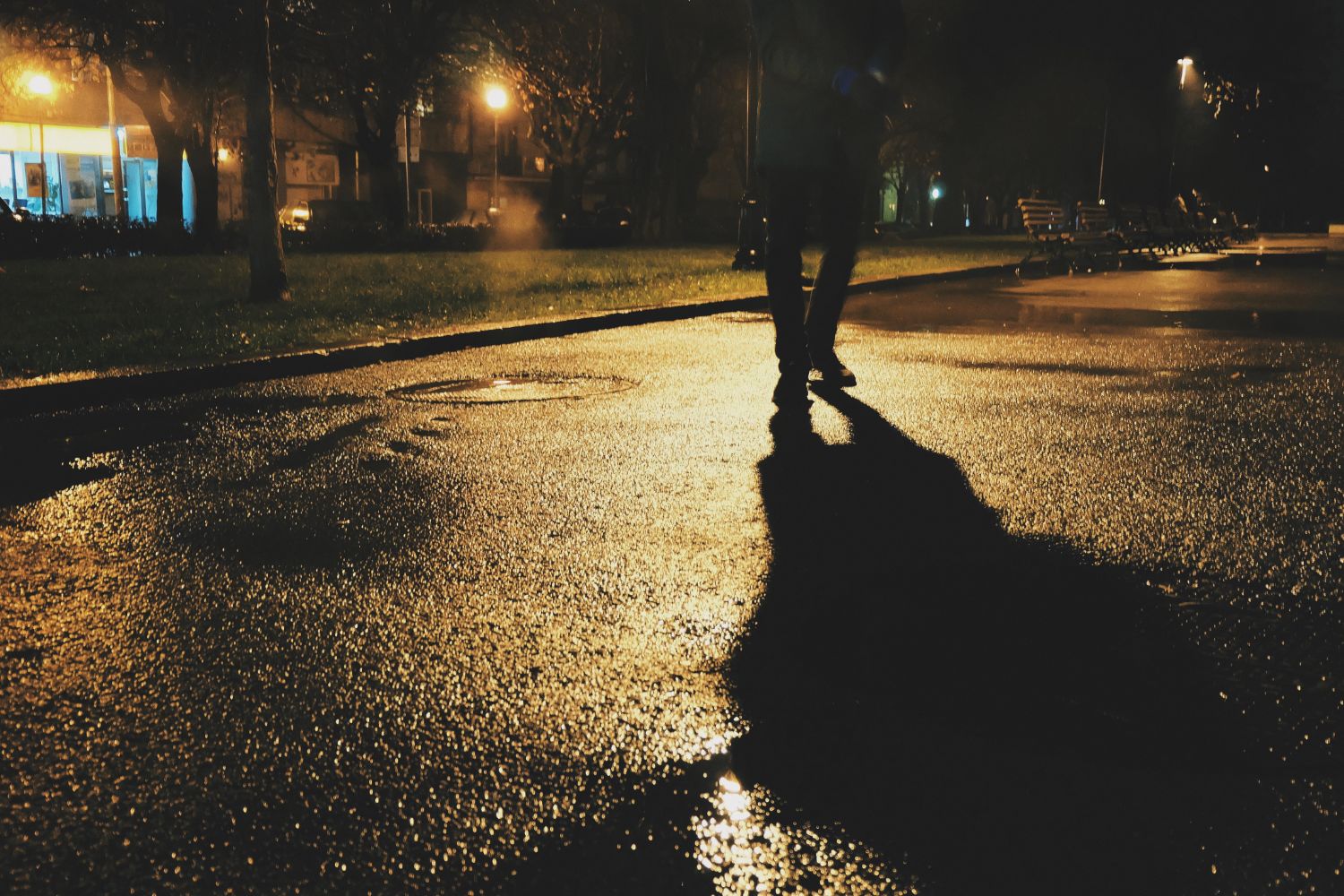A survey by insurer Aviva has found that more than one-third - 36 per cent - of Irish pedestrians either never or only rarely wear high-visibility clothing or armbands when walking at night or in poor weather.
How big a problem is this?
The figure for young adults is 34 per cent, while 33 per cent of those living in Dublin said that they never or rarely wear hi-vis.
Aviva carried out the survey on foot of findings from the Road Safety Authority (RSA) that pedestrians accounted for one in five of all road fatalities and serious injuries between 2019 and 2023. That trend is continuing in 2024, and the RSA has reported that 33 pedestrians are killed, and 285 injured, in incidents on Irish roads each year. Most worryingly of all, children under the age of 15 represented the highest proportion of those injured.
The Aviva survey also found that overall, only 29 per cent of pedestrians say they wear a high-vis vest “at all times when visibility could be poor” with others who wear these vests either only doing so when it is dark (19 per cent) or “sometimes” (18 per cent). Some 38 per cent of motorists surveyed believe the primary cause of pedestrian fatalities is due to factors caused by pedestrians themselves as they are not taking enough precautions to ensure they are visible are distracted by headphones and cannot hear cars approaching.
What’s driving the figures?
Almost one in ten (nine per cent) of those surveyed cited the increase in the number of people exercising on unlit roads as the main cause of pedestrian fatalities, particularly in winter. Almost half (47 per cent) of those surveyed lay the blame for pedestrian fatalities on drivers. The main reasons being that they are increasingly distracted by mobile phones and technology in their cars (20 per cent of those surveyed expressed this view), or because they are driving carelessly (14 per cent) or speeding (13 per cent).
Commenting on the survey findings, Julie Frazer, Aviva said: “It can be difficult for a driver to spot a pedestrian on a dark unlit road if the pedestrian is not wearing a high-vis vest, and more particularly in wintry weather conditions. Unfortunately, the consequences of this poor visibility could be fatal for both the pedestrian and the motorist. Statistics show that weekends and early morning hours are particularly high-risk times for road incidents.
“High-vis vests are vital if we want to improve the safety of pedestrians on our roads. It is a concern that 18 per cent of pedestrians don’t ever wear one when walking or running outdoors, with the numbers not doing so significantly higher in Dublin and amongst the 18-24 age group, and that a further 18 per cent only do so sometimes. The RSA recommends that pedestrians always wear bright, high-visibility clothing when walking beside or along the road during the day - and to wear reflective clothing when walking at night.
Who’s at fault here?
“However, motorists clearly also have a key role to play here. Some 20 per cent of those surveyed say the main reason for pedestrian fatalities is that drivers are increasingly distracted by mobile phones and other technology in their cars. This tallies with recent research from the RSA which found that there has been an increase in the incidences of handheld use of mobile devices by drivers. This is simply not acceptable as doing so while driving can have devastating consequences for all road users and drivers simply need to put their mobiles away while driving.
“As vulnerable road users, it is imperative that the message about the importance of wearing high-vis vests gets out to pedestrians. The wearing of a high-vis vest is a very simple and effective road safety precaution - but the research suggests that it is not “the norm”. Much more work needs to be done to make this as commonplace as wearing a raincoat in the rain, concluded Julie Frazer.

